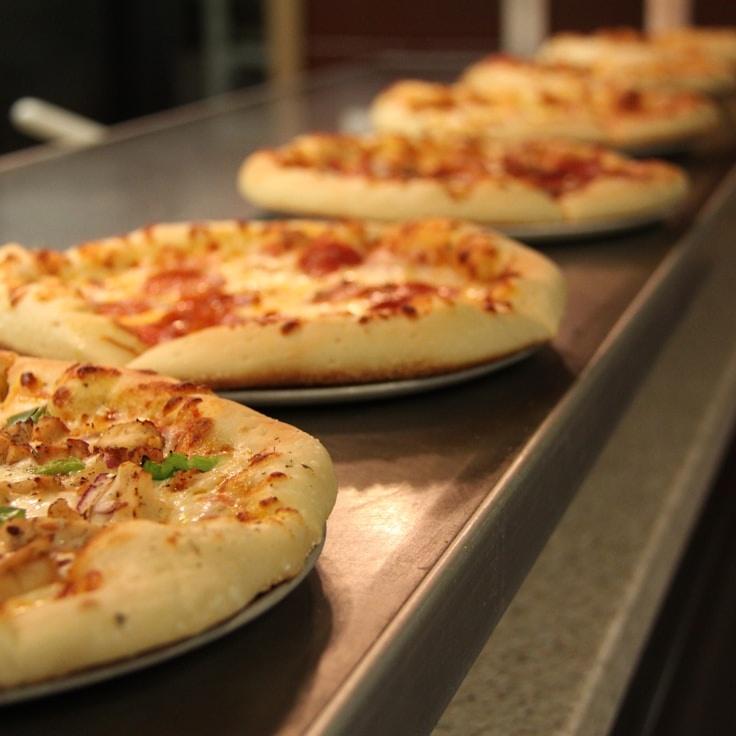At Fire & Flour Pizzeria, we believe that great pizza begins with great dough. After refining our method for more than thirty years, we’re pleased to share a few insights. While our exact formula remains a cherished tradition, these guidelines will help you craft restaurant-worthy dough at home.
Flour Makes the Difference
Top-tier flour is essential. We recommend “00” flour, a finely milled Italian flour with moderate protein (around 12%), which strikes the right balance between strength and tenderness. If “00” is unavailable, bread flour is a reasonable alternative, though the texture will vary slightly.
Water Temp and Hydration
Water temperature influences fermentation and dough structure. For slow, flavor-rich fermentation, use cold water near 45°F (7°C). For a quicker rise, choose lukewarm water around 85°F (29°C). A hydration level of 60–70% suits most home ovens.
Less Yeast, More Time
Deep flavor comes from minimal yeast and extended proofing. We use about 0.2% fresh yeast relative to flour weight for a 24–48 hour ferment. This unhurried approach develops complexity and makes the dough easier to digest.
Salt: More Than Taste
Salt not only seasons—it strengthens gluten and moderates fermentation. Use fine sea salt at 2.5–3% of flour weight. Add it after flour and water start to combine to avoid direct contact with the yeast.
Mastering Fermentation
After mixing, let the dough bulk ferment at room temperature for about 2 hours, then portion into individual balls. Place them in covered containers and refrigerate for 24–72 hours. During this cold rest, enzymes convert starches into sugars, enhancing flavor and promoting a rich crust color.
Gentle Handling
When it’s time to bake, remove the dough from the fridge 1–2 hours in advance to take off the chill. Handle it delicately to keep the gas bubbles intact. Stretch with your fingertips rather than using a rolling pin, which compresses those airy pockets.
The Finishing Factor: Heat
Our wood-fired ovens reach about 850°F (454°C), while home ovens usually top out near 550°F (288°C). To compensate, preheat a pizza stone or steel for at least an hour. The intense bottom heat helps achieve a crisp exterior and a light, open crumb.
Becoming confident with pizza dough is an ongoing process. Every batch offers new lessons. Take notes, adjust variables, and discover what suits your kitchen best.
If you want to observe our dough technique firsthand, join one of our monthly pizza workshops where Chef Aria demonstrates these methods in detail. Check our events calendar for upcoming sessions!

